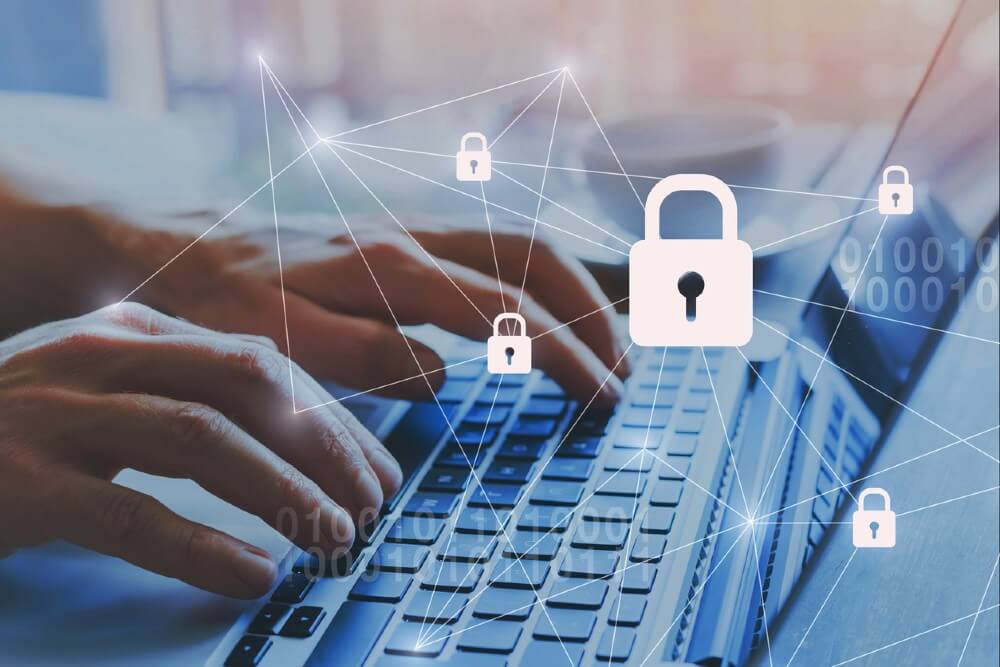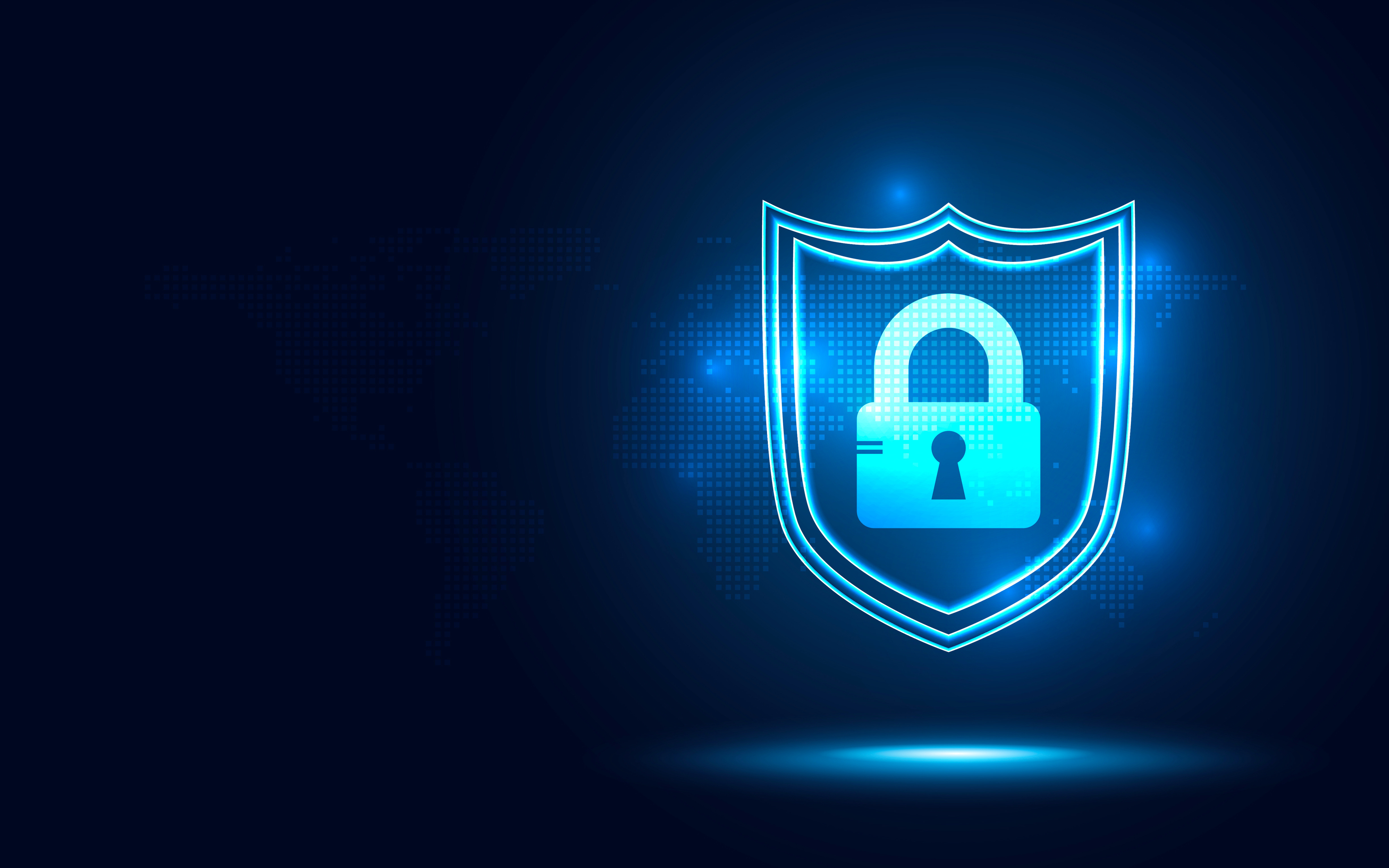What are the 7 types of Cyber Security?
Network security encompasses a multifaceted array of strategies and practices geared toward shielding computer networks from unauthorised access, malicious attacks, and potential disruptions.
This comprehensive guide explores key facets of network cyber security, delving into critical areas such as endpoint security, information security, cloud security, IoT security, mobile security, and identity & access management (IAM).
By mastering these essential components, individuals and organisations can build robust defences, fortify the integrity of their data, and navigate the complex landscape of cybersecurity with confidence.
Why Cyber Security Matters
Cyber attacks are becoming more frequent and sophisticated, and their impact can be devastating.
- Protect sensitive data from breaches
- Reduce downtime caused by cyber incidents
- Ensure compliance with data protection laws such as GDPR
- Build trust with customers, suppliers and stakeholders
Let’s have a closer look at the seven types of cyber security and how each one plays a vital role in protecting your organisation:
The 7 Types of Cyber Security
1. Network Security
Network security plays a vital role in safeguarding the integrity, confidentiality, and availability of digital information within an organisation. It encompasses a comprehensive set of measures and practices designed to protect computer networks and the data they transmit from unauthorised access, malicious attacks, and potential disruptions.
Network security involves the deployment of firewalls, intrusion detection systems, encryption protocols, access controls, and regular system updates to mitigate vulnerabilities and potential threats.
2. Endpoint Security
Endpoint security focuses on the protection of individual devices, such as computers, smartphones, and tablets, that connect to a network. These endpoints serve as entry points for cyberattacks and potential sources of data breaches if left unprotected.
Endpoint security solutions involve a range of tools and strategies, including antivirus software, intrusion detection, prevention systems, device encryption, and remote monitoring & management.
By securing endpoints, organisations can effectively defend against malware, phishing attacks, and other threats that target individual devices, ensuring the overall integrity and resilience of their network infrastructure.
3. Information Security
Information security consists of safeguarding digital assets, data, and systems from unauthorised access, breaches, and threats. It encompasses a comprehensive set of strategies, technologies, and protocols designed to protect sensitive information from a constantly evolving landscape of cyberattacks.
This field focuses on ensuring the confidentiality, integrity, and availability of data, which are the core pillars of security. It involves implementing robust firewalls, encryption mechanisms, access controls, and continuous monitoring to detect and respond to potential threats.
4. Cloud Security
Cloud security refers to the set of practices, technologies, and policies designed to protect data, applications, and infrastructure hosted in the cloud from various threats and vulnerabilities.
Cloud providers typically offer robust security measures such as encryption, identity & access management, and network security, but it is also the responsibility of organisations to implement any additional layers of protection and manage their data securely in the cloud.
Effective cloud security involves risk assessment, compliance with industry regulations, and ongoing monitoring to detect and respond to potential security incidents.
5. IoT Security
Internet of Things (IoT) security revolves around protecting the vast and diverse array of IoT devices, which range from smart thermostats and wearable fitness trackers to industrial sensors and autonomous vehicles.
These devices can pose unique security challenges. Ensuring IoT security involves implementing measures like device authentication, encryption, and secure communication protocols to prevent unauthorised access and data breaches.
Continuous monitoring and regular software updates are crucial to address emerging vulnerabilities. As IoT technology continues to proliferate across industries and our daily lives, robust IoT security practices are essential to safeguard personal privacy, critical infrastructure, and sensitive data from cyber threats.
6. Mobile Security
Mobile security is a critical aspect of our digital lives as smartphones and tablets have become integral to our personal and professional activities. Aimed at protecting mobile devices and the sensitive information they contain from various threats.
Mobile security involves securing the device itself through features like PIN codes, biometrics, and device encryption, which prevent unauthorised access. It addresses the security of mobile apps, focusing on app permissions, updates, and ensuring downloads from trusted sources.
As mobile threats, such as malware, phishing, and data breaches, continue to evolve, staying vigilant and practicing good mobile security hygiene is essential to safeguard personal and corporate data, privacy, and the integrity of mobile ecosystems.
7. Identity & Access Management (IAM)
Identity and Access Management (IAM) revolves around the secure management of digital identities and controlling access to resources within an organisations IT environment.
IAM systems serve as the gatekeepers, ensuring that only authorised individuals or entities have the appropriate level of access to systems, applications, and data. IAM solutions typically encompass user authentication, authorisation, and identity lifecycle management, allowing organisations to grant and revoke access based on roles, responsibilities, and least-privilege principles.
IAM plays a pivotal role in enhancing security, compliance, and operational efficiency. It not only safeguards sensitive information but also helps organisations streamline user provisioning, reduce the risk of insider threats, and ensure compliance with data protection regulations.
Building a Complete Cyber Security Strategy
Cyber security isn’t about tackling threats in isolation - it’s about bringing all seven areas together to form a complete defence. From securing your network and endpoints to protecting data in the cloud and managing user access, each layer plays a part in keeping your organisation safe.
At EBC Group, we provide tailored Cyber Security Services designed to protect businesses of all sizes. Whether you need support with compliance, testing your current systems, or putting robust security measures in place, our experts can guide you every step of the way.
Ready to strengthen your security strategy? Contact us online, email us at hello@ebcgroup.co.uk or phone us on 0121 368 0119.

